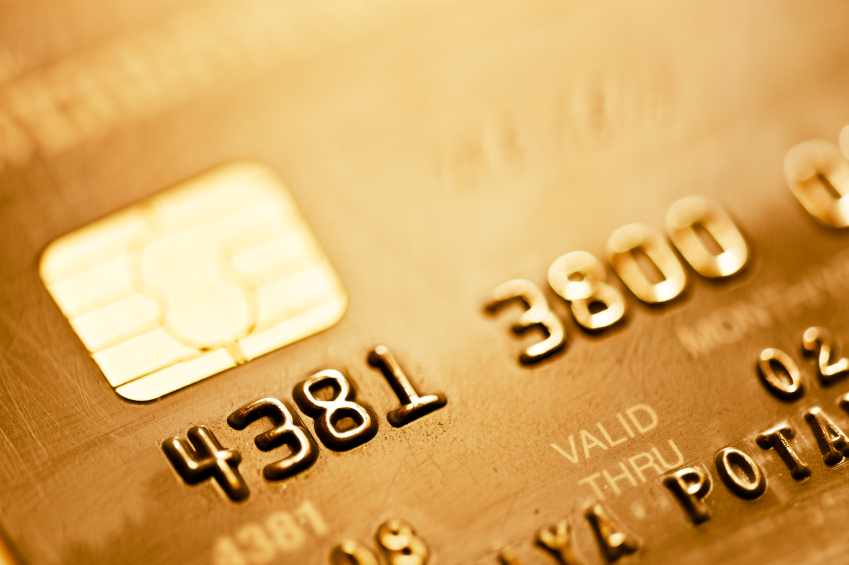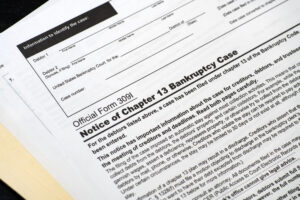
Facing overwhelming medical bills or a job loss? Thinking about filing for bankruptcy? If so, you’re not alone. The number one reason why people file bankruptcy today is medical bills, followed by other reasons like job loss and unexpected emergencies.
If you’ve had to file bankruptcy or think you might need to in the future, no doubt you’ve worried about how you’ll bounce back financially. No one wants to file for bankruptcy, but it’s a fact of life that happens to a lot of people. When faced with bankruptcy or being hopelessly in debt for the rest of their lives, most people choose to go bankrupt as the lesser of two evils.
Don’t despair if you find yourself facing bad credit or no credit at all after filing for bankruptcy. There are things you can do to repair your credit, no matter how bad you feel it is right now.
One strategy is to use secured credit cards. They allow you to borrow funds while you create a record of steady repayments.
Over time your regular payments get reported to the credit bureaus, showing that you are dependable. And after a while, this helps rebuild your credit so you qualify for better loan terms.
Here’s an overview of credit after bankruptcy and how you can recover financially with a secured credit card.
What Life Is Like When You Have Bad Credit or No Credit
Bankruptcy and credit problems are huge sources of stress for people who have to go through them. Having bad credit or no credit at all means that lending institutions don’t know if they can trust you with a loan. You may have to pay more for purchases and rentals, which is definitely an inconvenience.
Landlords may want you to put down more for a rental deposit if they see you have bad credit or no credit. And in some cases, if you apply for a job with a security clearance, having bad credit or bankruptcy on your record might be a disqualifier.
Some hiring managers try to be understanding and make a distinction between credit problems caused by medical issues versus bad consumer habits. Sometimes bad things happen no matter how careful we are- so focus more on what you can do rather than on how you’re limited.
What Happens to Credit After Bankruptcy
A bankruptcy will show up on your credit for up to 10 years and you may not qualify for credit card accounts unless you have a co-signer. If you don’t have any friends or family who can co-sign for you, your options for taking out any type of loan may be very limited.
After seven to ten years you should check to make sure that the bankruptcy comes off your credit report. But until then you’ll need to get creative about restoring your credit.
The good news is that while the bankruptcy will show up on your credit for seven to ten years, your credit itself won’t necessarily stay poor for that amount of time if you take the right steps.
Why You Should Try to Rebuild Your Credit After Bankruptcy
Building credit after bankruptcy may take some time, but it’s important to put in the extra effort. Eventually, your bankruptcy won’t seem so limiting as your credit recovers.
It’s important to try to rebuild credit after bankruptcy as soon as you can, so you don’t have to continue paying extra in higher interest and up-front deposits. Try building up your savings to a few thousand dollars to have in case of an emergency.
Then get a couple secured credit cards to build back your credit after bankruptcy. It’s always good to have a little cushion set aside for emergencies, and putting some of those funds on a secured card or two will allow you some extra flexibility.
What Is a Secured Credit Card?
So how does a secured credit card work? You open a secured card with a deposit that “secures” it with your own money. Then you use the card to pay for purchases and pay them back. If you don’t make your monthly payments, the credit card company will keep your deposit.
After you do this for a while, many secured credit card companies will allow you to increase your credit limit. In some cases, you may eventually be able to convert a secured card to a regular credit card.
The point is to establish regular payments with the secured cards that get reported to the credit bureaus. You can use this strategy to raise your credit score and eventually qualify for additional types of credit. Lending institutions are more likely to trust you if they see that you have several active cards and that you’re able to make regular payments.
How to Use a Secured Credit Card to Rebuild Your Credit
The secret to using secured credit cards to build credit after bankruptcy is to always pay off your balance each month. You’ll want to use them frequently, and pay them off just as frequently.
Even though a bankruptcy stays on your credit for a while, you can offset it with this strategy. The sooner you generate financial activity and start making those payments, the easier it will be to counteract the damage done by the bankruptcy.
You Can Rebuild Your Credit After Bankruptcy
So now you have an idea of how to use a secured credit card to rebuild your credit. Don’t let bankruptcy keep you down!
If you’d like to learn more about secured credit cards and other credit-building strategies, you can talk to an experienced Denver, Colorado, bankruptcy lawyer. We have helped thousands of people from all walks of life find relief from their debt problems. Bankruptcy may be the right solution for you, to help you get a fresh start and rebuild your credit.
We’ll be happy to answer any questions you may have. Feel free to schedule a free consultation and check out our website for more information about bankruptcy and credit repair.
Check out what our clients say about us on our Facebook, Google, and Avvo pages!
See more articles here:
5 Reasons You Should Not File Bankruptcy
6 Ways Bankruptcy Can Help You Sleep Better At Night
Should I Load Up On Debt Before I File Bankruptcy?
How A Secured Credit Card Can Help Rebuild Your Credit After You File Bankruptcy


